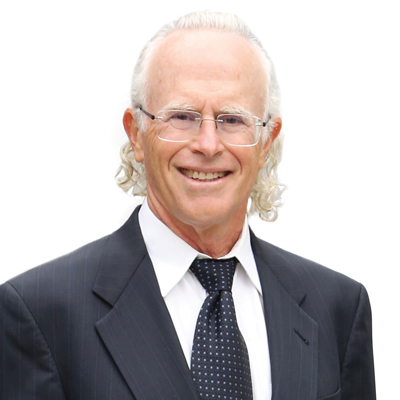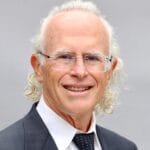
On March 11, I wrote about the COVID-19 storm rapidly approaching our nursing homes, and particularly the risk of nursing home staff transmitting the virus to residents.
On March 15, I pointed out the need for an infection prevention general in every nursing home.
This wasn’t a topic that came to me out of the blue. Nearly three years ago, as CEO of a company overseeing a 74-facility California chain of nursing homes, I convened leadership to discuss key areas of concern. One of the topics we brainstormed on was how to help infection preventionists do their jobs. It was clear that the IP’s in our facilities were being pulled in multiple directions and didn’t have enough time to perform their duties.
When COVID-19 struck the United States in late February, it was obvious that this issue would be at the heart of every nursing home’s ability to respond. On March 9, the California Association of Long Term Care Medicine put on our first webinar, where we recommended that every nursing home assure its IP had the ability to devote a full-time effort to their job.
Last month, California Gov. Gavin Newsom signed a law requiring all nursing homes in California have the equivalent of a full-time infection preventionist. The battle against COVID-19 is now fully joined. Why was this legislation needed? It’s simple: Without a requirement that the IP be full-time, they will invariably be pulled in multiple directions. This is actually symbolic of the types of issues that occur in nursing homes around the country on a daily basis.
Give IPs more time
I was previously the Director of Nursing Homes for the QIN-QIO, a quality improvement organization in California, where I regularly faced nursing home resistance to quality improvement efforts. The typical excuse for their inability to engage in such efforts was that they were constantly “putting out fires.” I was always bothered by this excuse, as it didn’t allow for facilities to actually implement proactive, actionable change efforts.
There is a simple reason to require every nursing home to allow their IP the ability to spend a full-time effort doing their job. The work of the IP is a necessity, and never more so than during a pandemic. However, even before COVID-19, and well after, it is imperative that the IP be allowed to focus on all aspects of their work, including assuring that the facility is adhering to its antibiotic stewardship standards.
There’s a very important lesson in this that can and should be translated to everyone working in a nursing home: We are delivering medical care to a very complex and frail population. Many of today’s nursing home residents would have been in a hospital 15 years ago. That level of complexity requires attention to detail and a focus on delivering that care.
For too long, nursing homes have had a primary focus on filling beds, the veritable “heads in beds” phenomenon, which is anathema to delivering truly person-centered care.
Engage the medical director
There is a natural step forward beyond requiring full-time IPs. Nursing homes must fully engage their medical directors. The medical director is supposed to be the clinical leader of a nursing home, required under the federal regulations to be responsible for “implementation of resident care policies” and “coordination of medical care in the facility,” a tall order.
Medical directors can’t fulfill that role unless they actually possess the tools and the knowledge base to do so. AMDA, The Society for Post-Acute and Long-Term Care Medicine, offers a medical director certification that provides tools that the medical director needs, including the complex regulatory framework for nursing facilities and general concepts of geriatric medicine and person-centered care — which sadly, many current medical directors lack.
The full engagement of the medical director must be allowed and embraced by each facility’s management, including the administrator and the director of nursing, who under our current system often make virtually all of the important financial and clinical decisions in the facility. Ultimately, the willingness to accept the medical director as an active and integral member of the facility leadership team must come from the C-suites of corporations that operate large nursing home chains. Until that time, the historical inertia that exists in the industry will provide an ongoing impediment to this necessary evolution.
Embrace quality improvement
As we look at the future of nursing homes, we have to ask ourselves a key question: Do we want to assure that residents of nursing homes receive quality care? As the healthcare industry has pushed to make nursing homes increasingly responsible for the care of a highly complex, seriously ill population, that question must be answered. COVID-19 has demonstrated that our nursing home industry was not prepared. The medical literature has already demonstrated the association between registered nurse staffing and COVID-19 outbreaks and deaths.
Nursing homes desperately need strong medical leadership in an engaged and competent medical director, actively involved director of nursing, 24/7 RN coverage and a full-time infection preventionist. If we are to effectively battle the scourge that is COVID-19, we can’t put this off any longer; the future is now. And surely our nursing home residents and staff are worth the efforts.
Michael Wasserman, MD, CMD, is a geriatrician, and past president of the California Association of Long Term Care Medicine. He was previously the CEO of Rockport Healthcare Services.





